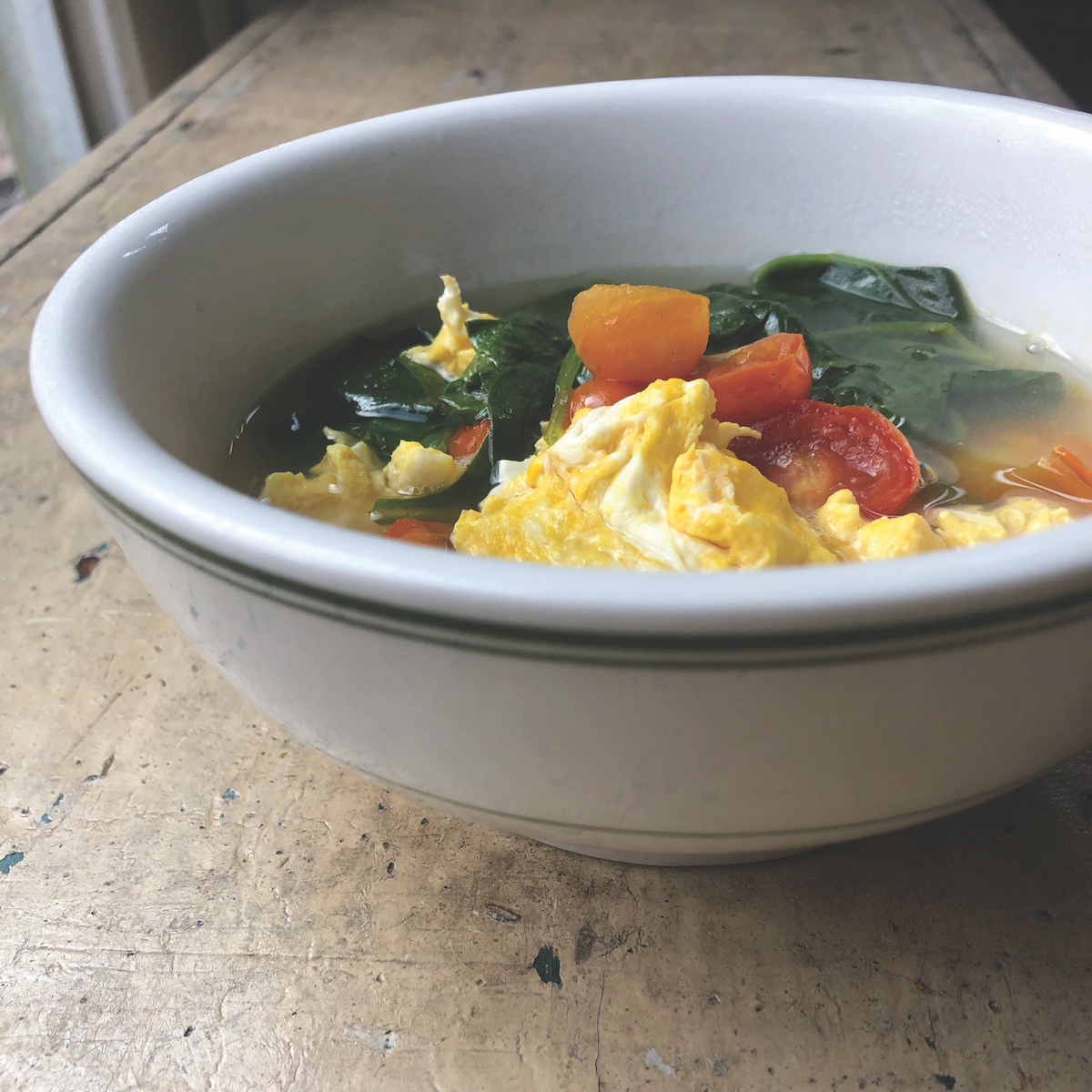Discovering The Heartwarming Story Of Village Soup

Village soup is more than just a dish; it is a delightful concoction that embodies the spirit of community and togetherness. This rustic recipe brings together simple ingredients and cherished memories, creating a comforting meal that warms the soul. As families gather around the table to savor every spoonful, they share stories, laughter, and love, making village soup an integral part of their cultural heritage.
In many cultures, village soup is a staple that reflects the seasonal bounty of local produce and the creativity of home cooks. Each bowl tells a unique story, influenced by regional flavors and traditional cooking methods. Whether it’s a hearty vegetable medley, a savory meat-based broth, or a comforting legume base, village soup serves as a reminder of the nourishment that comes not just from food, but from connecting with one another.
What makes village soup truly special is its versatility; it can be adapted to suit any dietary preference or occasion. From a robust winter warmer to a light summer cooler, this dish transcends borders and generations. In this article, we will explore the origins of village soup, its various interpretations, and the profound impact it has on communities worldwide.
What Are the Origins of Village Soup?
The origins of village soup can be traced back to ancient times when communities relied on locally sourced ingredients to create nourishing meals. In many cultures, it was common for families to gather around a communal pot, where everyone contributed something—be it fresh vegetables, grains, or herbs. This collaborative effort not only ensured that everyone had enough to eat but also fostered a sense of belonging and unity among villagers.
How Has Village Soup Evolved Over Time?
As societies evolved and culinary traditions were passed down through generations, village soup began to take on various forms. Different regions have developed their own unique recipes, often influenced by local customs and available ingredients. For instance, Mediterranean village soups might feature tomatoes and olive oil, while Eastern European versions may incorporate hearty root vegetables and spices. This evolution showcases the adaptability of village soup, making it a beloved dish across cultures.
What Ingredients Are Commonly Found in Village Soup?
The beauty of village soup lies in its simplicity and the ability to use what is available. Some of the most common ingredients include:
- Fresh vegetables (carrots, potatoes, onions, celery)
- Legumes (lentils, beans, peas)
- Herbs and spices (parsley, thyme, bay leaves)
- Broth or stock (vegetable, chicken, or beef)
- Grains (rice, barley, quinoa)
These components not only offer a burst of flavor but also contribute to a nutritious meal that can cater to different dietary needs.
How Can You Make Your Own Village Soup?
Creating your own village soup is a rewarding experience that allows for personalization based on your taste preferences. Here’s a simple recipe to get you started:
Feel free to experiment with different ingredients, as village soup is all about creativity and using what you have on hand.
What Cultural Significance Does Village Soup Hold?
Village soup is more than just a meal; it often plays a significant role in cultural traditions and celebrations. In many communities, it is served during festivals, family gatherings, and even religious ceremonies. The act of sharing this dish brings people together, reinforcing bonds and fostering a sense of community spirit.
Is Village Soup Healthy?
Absolutely! Village soup is a wholesome option that can be tailored to be both nutritious and satisfying. With its base of fresh vegetables, legumes, and grains, it provides essential vitamins, minerals, and fiber. Additionally, the ability to customize ingredients means that individuals can create a soup that aligns with their health goals, whether they are looking for a low-calorie option or a protein-packed meal.
What Are Some Popular Variations of Village Soup Worldwide?
Across the globe, village soup takes on various forms, each reflecting the unique culinary traditions of its region. Some popular variations include:
- Minestrone: An Italian vegetable soup filled with pasta and beans.
- Borscht: A beet-based soup from Eastern Europe, often served with sour cream.
- Ramen: A Japanese noodle soup that can be customized with various toppings.
- Caldo Verde: A traditional Portuguese soup made with kale and potatoes.
Each variation tells a story and showcases the diversity of ingredients and flavors available in different cultures.
How Can Village Soup Bring People Together?
Village soup has a remarkable ability to foster connection. By gathering around a pot of steaming soup, families and friends share not only a meal but also experiences and stories. It creates a space for conversation and laughter, enabling individuals to bond over the simple act of eating together. This communal experience is vital for strengthening relationships and promoting a sense of belonging in our increasingly fast-paced lives.
Conclusion: Why You Should Embrace Village Soup
In a world that often feels divided, village soup serves as a reminder of the power of food to unite us. By embracing this simple yet profound dish, we can celebrate our shared humanity and nourish not just our bodies, but our relationships. So gather your loved ones, whip up a comforting pot of village soup, and let the warmth of connection fill your home.
ncG1vNJzZmirn521b6%2FOpmasp5idu6bD0qCcq7FnZMOquMuanp5lo6TCsXrHraSl